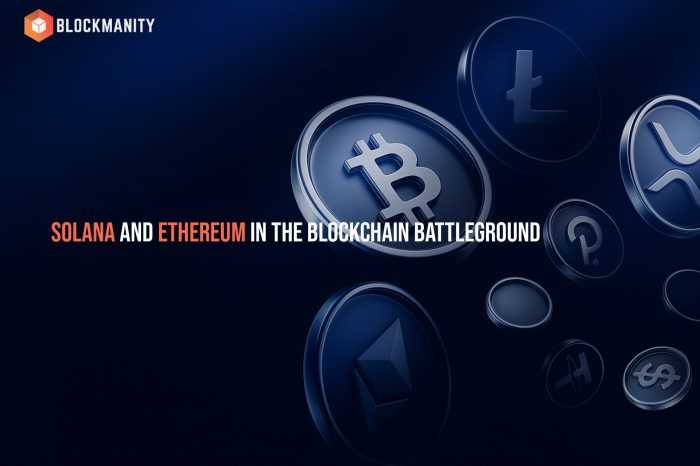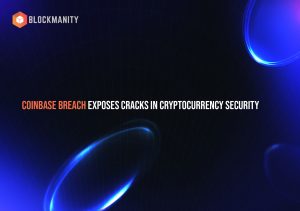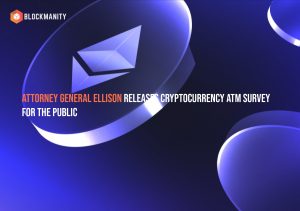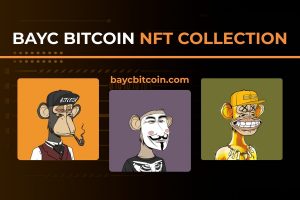What you need to know about the Ethereum merge
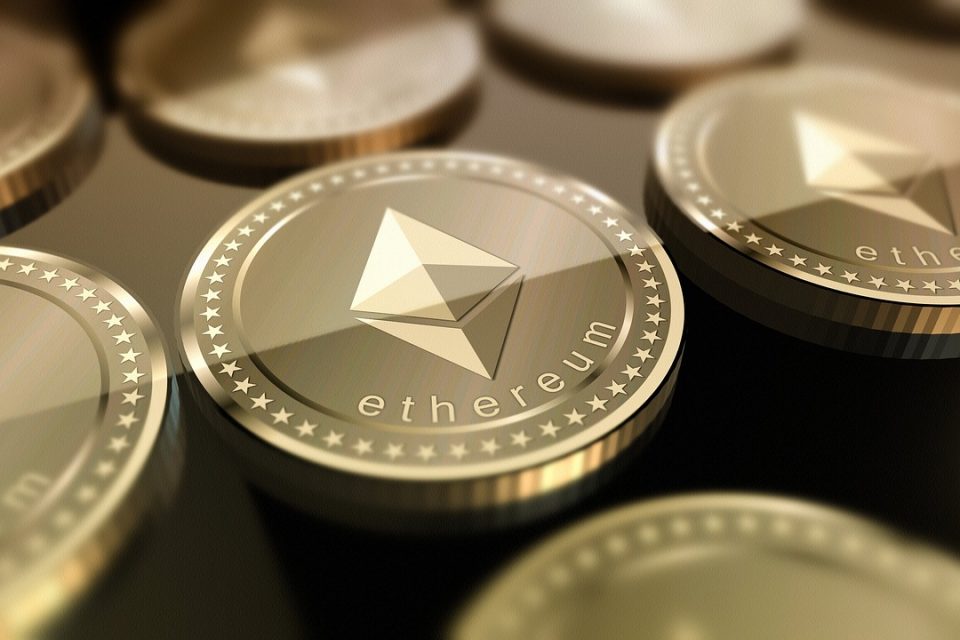
One of the trending topics in the crypto community these days is most definitely the Ethereum merge, mainly because this is the second-largest ecosystem in the crypto sphere today. Up until recently, there were basically two blockchains operating in parallel and the merge was the final step towards an updated and potentially more efficient environment.
Despite a continuous drop in the price of Ether, the token powering the Ethereum blockchain, there are a few positive things about the merge you should know. So, what does the Ethereum merge mean for you? Let’s find out.
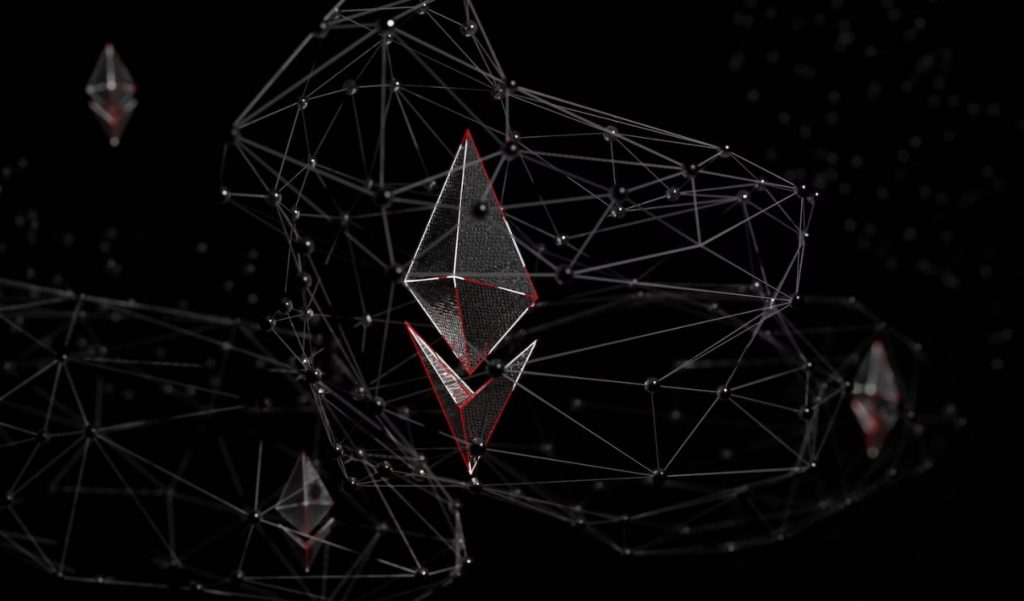
Source: https://unsplash.com/photos/v0VjjYYFjOg
A blockchain based on Proof-of-Stake
Now that the merge is complete, Ethereum runs on a Proof-of-Stake (PoS) consensus mechanism, which means miners have been replaced by stakers. This means that anyone wishing to contribute to the blockchain needs to “lock” Ether tokens. An algorithm assigns the right to verify a new block and those with larger ETH holdings staked have a higher probability, but not a certainty, to also be the ones who verify, and ultimately receive the reward.
According to Invest Ecapitals, a trading brand that offers coverage for a wide range of cryptocurrencies, Proof-of-Stake simplified the process, since not all miners have to verify all transactions. The double-spending issue is negated because anyone taking part in staking has no interest in falsely verifying transactions (that might imply a financial loss).
Lower energy consumption
Most of the talk has been around energy consumption, especially now when the world is facing a global shortage of energy. Cryptocurrencies running on Proof-of-Work (PoW) have long been accused of draining too much energy from the grid, which could have been used in other industries more vital to the global economy.
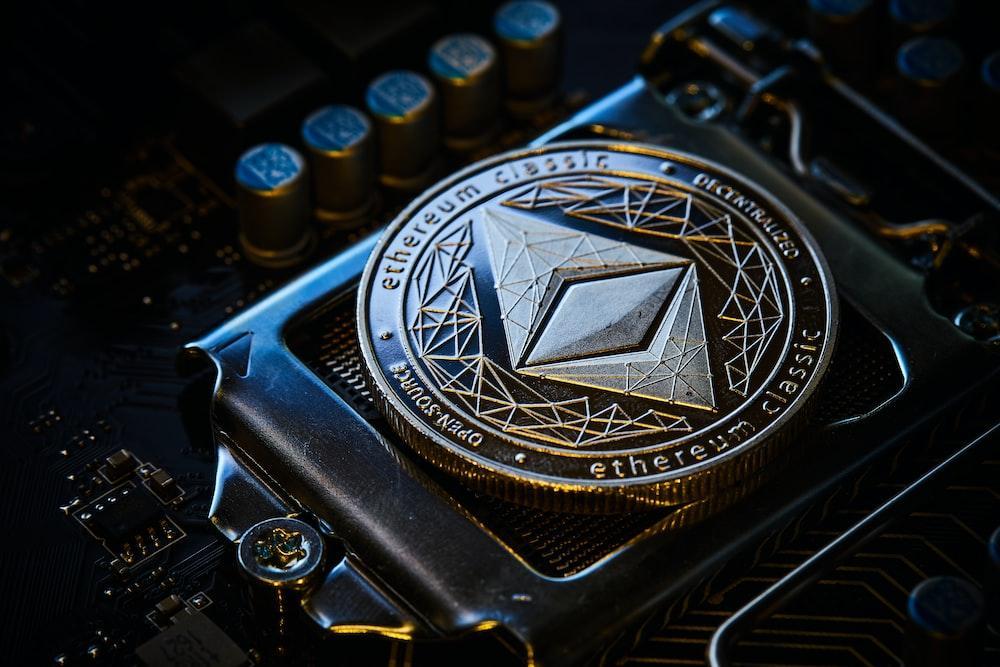
Source: https://unsplash.com/photos/FquLC11A1AI
Transitioning to Proof-of-Stake solves that issue and now the Ethereum network consumes 99.5% less energy to operate. Before the merge, the blockchain used 72 terawatt-hour per year, the amount used by a country such as Austria. Some estimates show that this is approximately 0.34% of the world’s consumption. It ends up having a positive impact on the environment, as well, with many nations now once again forced to resume energy production via polluting fossil fuels such as coal.
Paving the way for other updates
Thousands of crypto projects operate on the Ethereum blockchain, some of which are available for trading with Invest Ecapitals. The merge can bring benefits but according to Vitalik Buterin, one of the original founders of Ethereum, this represents only 55% of the desired updates.
In order to reach its full potential, the network needs to adapt to new demands, including the ability to process transactions faster and at lower costs. One of the ways that can be done is via sharding. This is a process that divides the blockchain into smaller, more manageable blockchains, freeing validators to focus their attention within their shards.
Introducing sharding will mean lighter requirements for those who want to become validators since they will have to store only a fraction of the blockchain’s data. The introduction of PoS paves the way for sharding, something that would have been impossible while stuck with the old PoW.
Discuss this news on our Telegram Community. Subscribe to us on Google news and do follow us on Twitter @Blockmanity
Did you like the news you just read? Please leave a feedback to help us serve you better
Disclaimer: Blockmanity is a news portal and does not provide any financial advice. Blockmanity's role is to inform the cryptocurrency and blockchain community about what's going on in this space. Please do your own due diligence before making any investment. Blockmanity won't be responsible for any loss of funds.


